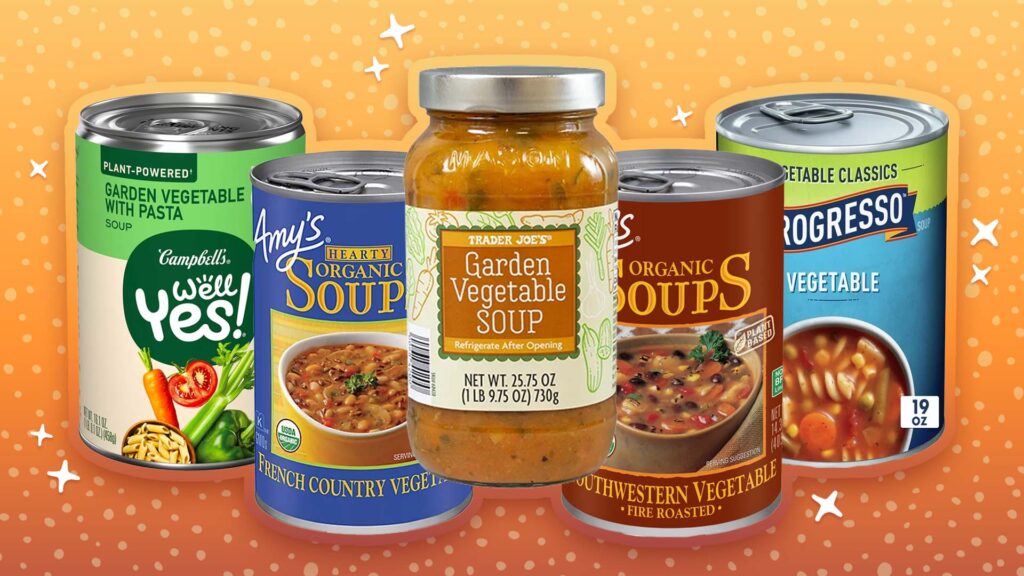
NEWS
Application of Soybean Acid Hydrolyzed Vegetable Protein Seasoning Liquid in Canned Vegetables and Soups
2025-02-10
Soybean acid hydrolyzed vegetable protein seasoning liquid (SAHVP) has gained significant popularity in the food industry, particularly in canned vegetables and soups. This liquid seasoning, derived from soybeans through an acid hydrolysis process, serves as an effective flavor enhancer and nutritional supplement. By breaking down soybean proteins into free amino acids, peptides, and other compounds, SAHVP brings depth and richness to the flavor profile of food products. This article explores its applications in canned vegetables and soups, highlighting its benefits, functional properties, and role in food formulation.

1. Understanding Soybean Acid Hydrolyzed Vegetable Protein (SAHVP)
Before delving into the applications, it is crucial to understand the composition and characteristics of SAHVP. The production process involves the hydrolysis of vegetable proteins, particularly from soybeans, using acids. This results in the breakdown of large protein molecules into smaller peptides and amino acids, such as glutamic acid, which is a key component contributing to the umami taste. These components, especially when concentrated in liquid form, act as a potent seasoning base for enhancing the flavor of various food products.
Composition of Soybean Acid Hydrolyzed Vegetable Protein
| Component | Description |
|---|---|
| Amino Acids | Free amino acids, such as glutamic acid, arginine, and alanine, that contribute to umami flavor. |
| Peptides | Short chains of amino acids that add complexity and enhance the mouthfeel. |
| Minerals | Essential minerals like potassium and magnesium. |
| Water | Base component for dissolving and transporting other active compounds. |
| Salt | Typically added to increase the seasoning power. |
2. Role of SAHVP in Enhancing Flavor in Canned Vegetables
Canned vegetables are popular due to their convenience, but they can sometimes suffer from a lack of flavor compared to fresh produce. SAHVP addresses this challenge by enhancing the overall taste profile of canned vegetables. Its primary contribution lies in boosting the umami flavor, which is one of the five basic tastes, alongside sweetness, sourness, bitterness, and saltiness. Umami is often described as a savory or broth-like flavor, making it essential for soups, stews, and other savory dishes.
Enhancing Umami Flavor
One of the most significant applications of SAHVP in canned vegetables is its ability to improve the umami flavor. Since soy protein hydrolysates are rich in glutamic acid and other amino acids, they create a savory taste that complements the natural sweetness of many vegetables. For example, in canned tomatoes or beans, the addition of SAHVP helps bring out a fuller, more savory flavor, making the vegetables more palatable and satisfying to consumers.
Improving Texture and Mouthfeel
Beyond flavor enhancement, SAHVP also improves the texture and mouthfeel of canned vegetables. The smaller peptides present in the seasoning liquid contribute to a smoother, more cohesive texture. This is particularly important in canned vegetables like peas, carrots, and corn, where the natural texture might be softened or altered during the canning process. The peptides can help restore some of the original mouthfeel, creating a better overall eating experience.
Nutritional Benefits
SAHVP is not only a flavor enhancer but also a source of protein and amino acids. Adding this seasoning liquid to canned vegetables helps boost their protein content, which is especially beneficial in plant-based diets. The presence of essential amino acids, including those that may be deficient in certain plant-based foods, makes the product nutritionally richer.
3. Application of SAHVP in Soups
Soups are another category of food products that greatly benefit from the use of SAHVP. The seasoning liquid serves as a key ingredient in enhancing the flavor profile of soups, broths, and stews. Given that soups often require complex flavor layers, SAHVP plays an integral role in achieving a balanced, satisfying taste.
Building a Savory Base for Soups
In soups, the base is essential for creating a rich and satisfying flavor. SAHVP is particularly effective in contributing to this savory base by adding depth and complexity to the broth. Whether it is a vegetable, chicken, or beef-based soup, SAHVP brings out the natural flavors of the ingredients and adds an additional layer of savory richness. The glutamic acid in SAHVP interacts with the other components of the soup, such as vegetables, herbs, and spices, to create a harmonious and well-rounded flavor.
Reducing the Need for Excess Salt
One of the challenges in soup formulation is balancing the salt content to achieve a flavorful profile while keeping the product healthy. SAHVP can help reduce the need for excessive salt in soups. Since SAHVP already enhances the umami flavor, less salt is required to achieve the desired taste. This makes soups with SAHVP a healthier option, especially for those monitoring their sodium intake.
Enhancing the Flavor of Vegetable-Based Soups
In vegetable-based soups, where meat or animal-based broths are absent, SAHVP plays a crucial role in enhancing flavor. Vegetables often lack the depth of flavor found in meat-based broths, and SAHVP helps bridge this gap. The seasoning liquid enhances the taste of ingredients like onions, tomatoes, carrots, and potatoes, making vegetable soups more flavorful and satisfying. The amino acids and peptides in SAHVP act as natural flavor amplifiers, enriching the overall profile of the soup.
4. Functional Properties of SAHVP in Food Formulation
SAHVP brings several functional benefits to canned vegetables and soups beyond just flavor enhancement. These properties make it a valuable ingredient in food processing and formulation.
Stability and Preservation
The use of SAHVP in canned vegetables and soups can improve product stability and shelf life. The acids used in the hydrolysis process help inhibit microbial growth, contributing to the preservation of the product. Additionally, the high salt content in some SAHVP formulations acts as a preservative, preventing spoilage and extending the shelf life of canned and processed foods.
Ease of Incorporation
SAHVP is available in a liquid form, which makes it easy to incorporate into various food formulations. Whether it’s canned vegetables, soups, or sauces, SAHVP can be easily blended with other ingredients without compromising texture or quality. Its liquid form ensures even distribution, helping to achieve consistent flavor throughout the product.
5. Consumer Preferences and Market Trends
The demand for healthier and more flavorful food options has led to a rise in the use of SAHVP in various food products. Consumers are increasingly seeking convenient, nutritious, and tasty canned vegetables and soups, and SAHVP helps meet these needs. As plant-based diets gain popularity, SAHVP offers an attractive alternative to traditional animal-based flavor enhancers, such as meat broths and stocks. The ability to provide a rich umami flavor without relying on animal products positions SAHVP as a key ingredient in the growing plant-based food market.
Table: Consumer Preferences for Canned Vegetables and Soups
| Factor | Importance | Description |
|---|---|---|
| Flavor | High | Consumers prefer products with rich, savory flavors that are satisfying. |
| Nutritional Content | High | Many consumers seek added nutritional benefits, such as protein and amino acids. |
| Health Considerations | Medium | Reducing sodium and using plant-based ingredients is increasingly valued. |
| Convenience | High | Canned and ready-to-eat products are preferred for their ease of use. |
| Sustainability | Medium | Eco-friendly packaging and plant-based ingredients attract conscientious consumers. |
6. Conclusion
Soybean acid hydrolyzed vegetable protein seasoning liquid is a versatile and functional ingredient that plays a crucial role in enhancing the flavor, texture, and nutritional profile of canned vegetables and soups. By contributing to the savory umami flavor, improving mouthfeel, and offering a plant-based alternative to traditional flavor enhancers, SAHVP has become an indispensable tool in food formulation. As consumer preferences shift toward healthier and more sustainable food options, the demand for SAHVP is likely to continue growing, making it a key ingredient in the future of canned and processed foods.

